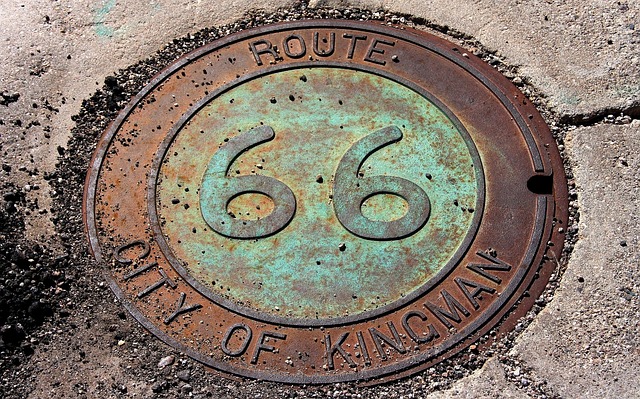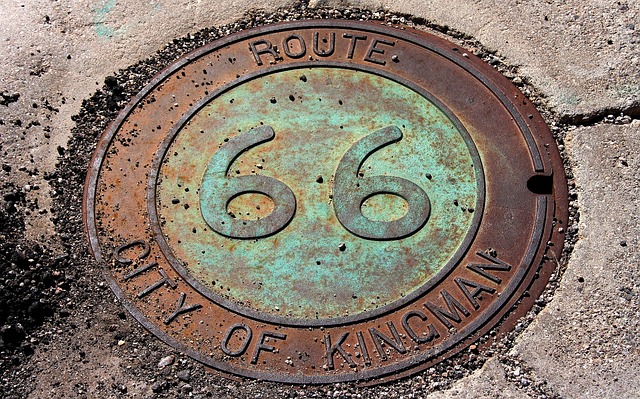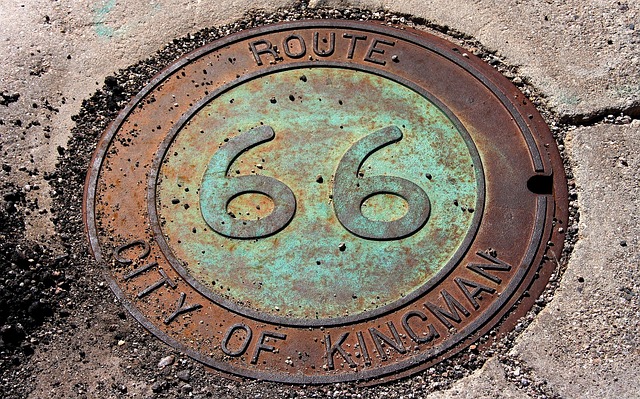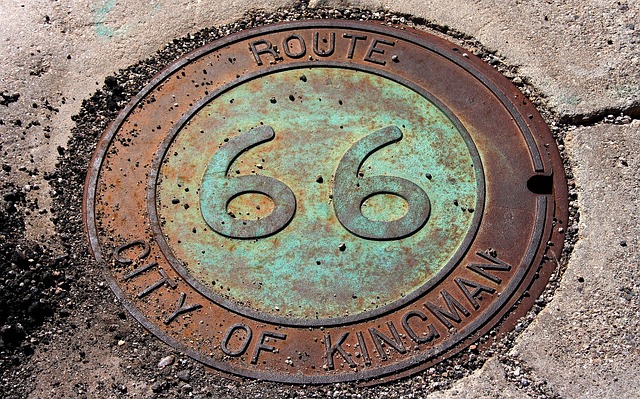Museums play a vital role in preserving local railroad history by showcasing vintage locomotives, cars, signals, and stations through interactive exhibits. Their unique real estate, often former train stations or historic railway locations, enhances the immersive experience. By combining conservation and education, museums safeguard regional heritage from urban development pressures. The future of railroad museum preservation focuses on community engagement, leveraging local history and real estate to create vibrant cultural destinations, attracting diverse visitors, and fostering pride among locals.
Museums play a vital role in preserving local railroad history, offering a window into our transportation past. This article explores how these institutions safeguard historical narratives through exhibits and collections, with a particular focus on the contribution of real estate. We delve into the symbiotic relationship between museums and their surrounding areas, and discuss community engagement as a key factor in the future success of railroad museum preservation. By examining these aspects, we highlight the significance of real estate in shaping our cultural heritage.
The Role of Museums in Preserving Railroad History
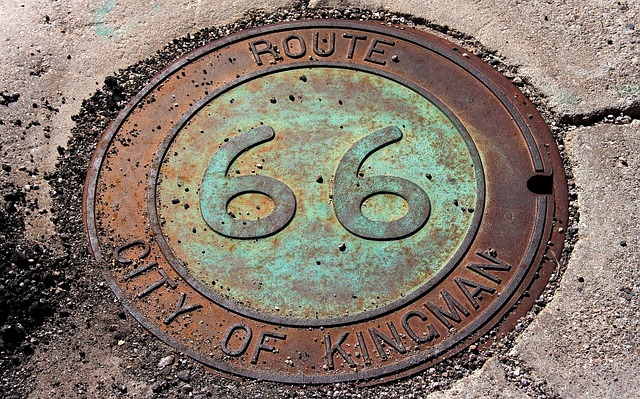
Museums play a pivotal role in preserving and showcasing local railroad history, serving as time capsules that transport visitors back to the golden age of rail travel. These institutions acquire, restore, and display artifacts such as vintage locomotives, passenger cars, signals, and even historic stations, offering a tangible connection to the past. By housing these treasures within their walls, museums ensure that invaluable pieces of regional railway heritage are protected from decay and potential loss.
Moreover, they provide an educational platform for the community. Displays often include informative panels and interactive exhibits that narrate the history of local railways, their impact on the region’s development, and the stories of the people who worked and travelled by rail. This blend of conservation and education makes museums essential in keeping railroad history alive, especially as urban landscapes evolve and historic real estate faces redevelopment pressures.
How Real Estate Contributes to These Historical Narratives

The preservation of local railroad history in museums often relies on more than just historical artifacts and exhibits; real estate plays a crucial role in telling these narratives. The physical locations of these museums, many of which are former train stations or adjacent to historic railway lines, become integral parts of the storytelling process. This real estate contributes significantly to the authenticity and immersive experience visitors seek when delving into railroad history.
The architectural design and layout of these spaces can transport visitors back in time, reflecting the era of steam-powered trains and bustling rail hubs. The very buildings themselves become exhibits, with their structures, venues, and even outdoor areas contributing to the overall historical narrative. Moreover, the proximity to former railway paths allows for interactive displays and reenactments that bring the history to life, enhancing the visitor experience and solidifying the museum’s role as a keeper of local railroad heritage.
Community Engagement and the Future of Railroad Museum Preservation

The future of railroad museum preservation lies in strong community engagement, leveraging local history and real estate assets to create vibrant cultural destinations. By fostering partnerships with schools, historical societies, and nearby businesses, museums can offer interactive exhibits, educational programs, and special events that attract diverse visitors. This approach not only ensures the continued relevance of railroad heritage but also revitalizes surrounding areas through cultural tourism, potentially unlocking new revenue streams for local real estate.
Community involvement empowers museum curators to collect and preserve stories, artifacts, and infrastructure related to the region’s rail history. Engaging the community in this process fosters a sense of ownership and pride, ensuring that the museum remains a dynamic space that reflects the evolving narrative of local transportation and economic development.
